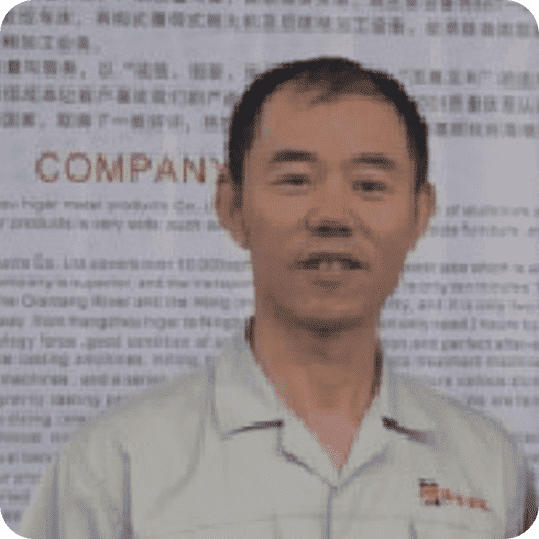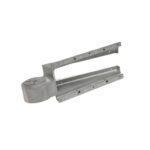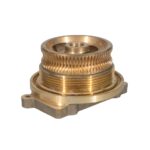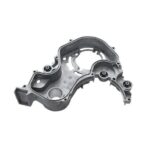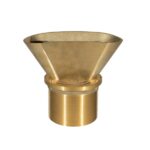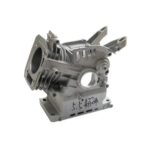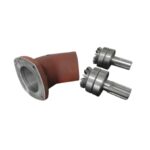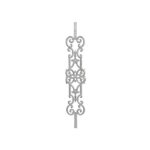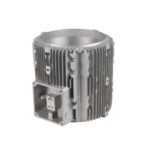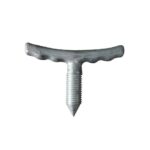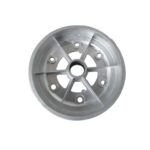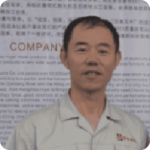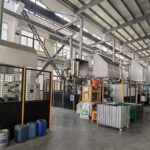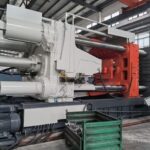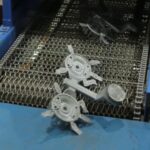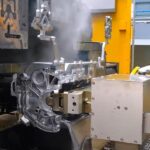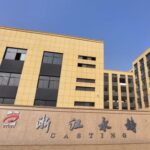Soldering in die casting refers to the unintended adhesion of molten metal alloys to the tooling material.
When molten metal at high temperatures contacts the tool, it forms a metallic compound, integrating some of the alloy into the tooling itself.
This article delves into the types, causes, effects, and preventive measures for die-casting soldering to help mitigate this common defect.
Types of Soldering in Die Casting
Soldering defects in die casting can be broadly categorized based on the type of molten metal involved:
Aluminum Soldering
Aluminum die-casting alloys often form complex inter-metallic compounds with steel at high temperatures. If the initial soldering isn’t promptly removed, it can quickly escalate.
Modern die-casting processes involve removing aluminum buildup to prevent this issue.
The iron (Fe) content in the molten alloy significantly influences soldering. Lower iron content increases the alloy’s affinity for steel, while higher iron content reduces this tendency.
The condition of the tooling steel also plays a crucial role in either initiating or preventing aluminum soldering.



Zinc Soldering
Zinc soldering differs mechanically from aluminum soldering as it doesn’t involve inter-metallic chemical bonding or galvanization with the casting steel.
Instead, it refers to the deposition of zinc alloys on die steel surfaces.
Though it may not fit the typical definition of soldering, the industry treats it as a solder buildup due to the visible thin layer of aluminum that creates a metallic bond with steel.
Causes of Soldering
Several factors contribute to soldering defects in die casting:
| Issue | Description | Impact |
|---|---|---|
| Changes in Draft Angles | Slight distortions in draft angles increase the affinity between metals. | Can lead to soldering due to limitations of print predictions. |
| High Metallic Pressure | Excessive pressure during casting promotes soldering. | Operating beyond optimal pressure limits triggers solder buildups and associated defects. |
| Cast Steel Temperatures | Higher die temperatures accelerate bonding between aluminum and iron. | Exacerbates solder buildup. |
| Rough Surface Finishing | Uneven or rough finishes with undercuts facilitate rapid solder growth. | Makes recovery increasingly difficult if solder buildup continues unchecked. |
| High Metal Temperatures | Excessively high temperatures at the steel-metal interface provoke soldering. | Alloys stick directly to the steel surface due to unnecessary increase in contact temperature. |
| Low Iron Content in Alloy | Iron content in aluminum and zinc alloys is critical. | Content lower than 0.7% triggers rapid soldering and sticking of molten alloy to the casts. |
Effects of Soldering
Solder buildups in die casting can lead to several detrimental effects:
- Faulty Demolding: Distorts the desired shape and size of the cast parts.
- Increased Production Costs: More downtimes result in higher costs.
- Damage to Metal Components: Physical and mechanical damage is common.
- Malfunctioning Die-Cast Inserts: Gradual or eventual malfunctioning can occur.
- Increased Abrasion: Over time, roughness and wear increase.
- Poor Structural Integrity: Components may exhibit reduced mechanical strength.
Preventive Measures for Soldering
Several strategies can help prevent soldering in die casting:
| Method | Description | Impact |
|---|---|---|
| Gate Readjustment | Adjusting gate velocity to lower levels and monitoring plunger speed, machine pressure, gate size, and plunger size. | Prevents metallic infusion at the entrance. |
| Reduced Filling Time | Shortening filling time to limit exposure of tooling steel to extreme temperatures. | Significantly reduces chances of solder bonding. |
| Limiting Die Temperatures | Incorporating cooling lines along solder-prone spots, using review sprays, and steel inserts to dissipate heat. | Helps control temperature flow and reduce solder buildup. |
| Protective Coating | Applying insulating layers like oxide or PVD (e.g., TiC) and controlled nitriding of the steel surface. | Prevents direct contact between aluminum and iron, confining solder formation. |
| Proper Metal Pressure | Setting metal pressure to the minimum required level and making precise adjustments. | Reduces soldering by maintaining optimal conditions. |
| Removal of Al-Fe Bond | Careful removal of a thin exterior aluminum layer, possibly involving dimension reduction and multiple attempts. | Prevents buildup by altering the shape. |
| Alkaline or Acid Treatments | Using inhibited acids or strong alkaline solutions to dissolve the embedded Al-Fe layer. | Causes minimal change to steel surfaces; extra safety measures needed. |
| Applying Spot Cooling | Spot cooling susceptible areas with suitable sprays matching high-temperature characteristics of steel. | Prevents immediate solder buildup. |
| Small Fountain Cooling | Using bubblers or small fountains by placing small channels of tubes (1/16”) in specific spots. | Complex but effective method to reduce soldering. |
| Defining Iron Contents | Maintaining iron content in alloys above 0.7%. | Prevents rapid Al-Fe soldering by keeping Fe percentage within the specified range. |
| Polish and Draft Adjustments | High-quality surface polishing and maximizing draft angles; using tuftriding and nitriding for zinc alloys. | Effectively reduces zinc and aluminum soldering; improves results despite some uneven outcomes. |
Overcoming soldering issues in die-casting tooling requires careful adjustment of control parameters.
High temperatures, which favor metallic bonding, are the primary cause of soldering problems. Implementing suitable precautionary measures from those listed above can significantly reduce or eliminate soldering defects.
Contact us today to discuss your project needs and receive a quote, you can trust us to deliver exceptional castings that meet your requirements.

